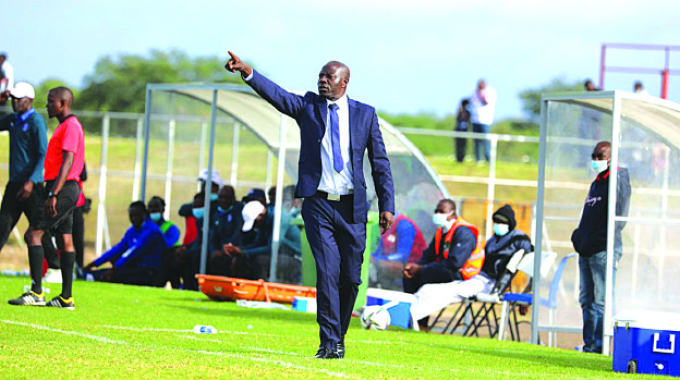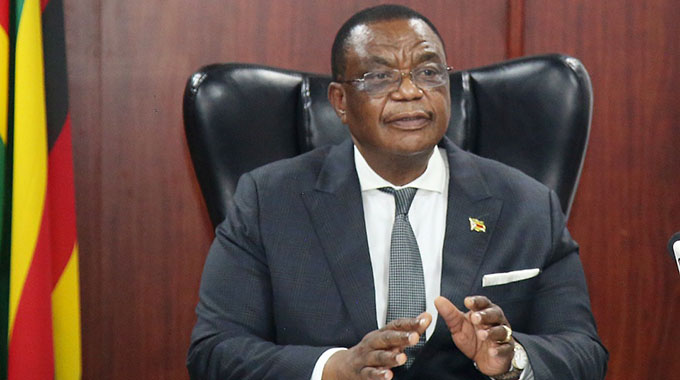Lafarge Zim makes head start in Malawi

Tapiwanashe Mangwiro-Senior Business Reporter
Lafarge Cement Zimbabwe is optimistic about the potential for growth in demand of its products in the export market after making significant headway in Malawi.
Chief executive officer Geoffrey Ndugwa told shareholders attending the company’s annual general meeting on Wednesday that volumes, supported by exports, would do better this year compared to the previous period.
“Because of our significant capacity, which is first of all oversized for the domestic market, growing demand in the region for this type of products, we are looking at, especially, (export) markets like Zambia and Malawi,” said Ndugwa.
“We just made our first exports to Malawi a few weeks ago, so we are feeling pretty good about the trend.”
Late last year, Zimbabwe experienced a cement shortage, which was worsened by Lafarge Cement’s plant breakdown, which entailed roof fall at the cement mill.
In order to maintain market access, the business imported cement from its sister operation, Holcim, in Zambia.
In February this year, Lafarge completed the restoration of the cement mill.
The commissioning of the Vertical Cement Mill (VCM) by the end of this month is expected to double cement milling capacity. The US$15 million investment programme started in 2019 includes a new mill. A US$2,8 million automated dry-mortar facility and alternative energy infrastructure are also included in the project.
Commenting on the operating environment, Mr Ndungwa said the rising global commodity prices due to the Russia-Ukraine conflict and resurgent inflation on the domestic front would continue to undermine the post Covid-19 gains.
On sales mix, Mr Ndungwa said the company’s sales were steeped in local currency while US dollar sales constituted only about 10-15 percent.
“This is very much constrained by the limitations we have with the authorities in terms of meeting all the pricing requirements of the various statutory instruments,” he said.
The company said it got some funding from the Reserve Bank of Zimbabwe to run weekly auction. However, the US dollar sales, combined with funds from the auction, remain inadequate to finance some of its big projects.
“I would say capital expenditure is much bigger as there is more expansion, but we are engaging the government around that.”
Zimbabwe’s cement sector remains stretched and relies largely on Lafarge Cement (Holcim Group) and PPC, the two biggest producers in the country.
Responding to analysts’ requests for an update on the shareholder changes that are going to happen, after Fossil Mines entered into a binding agreement with the Holcim Group to take over Lafarge Zimbabwe, chairman Kumbirai Katsande would not divulge any information.
“That is a shareholder issue and we will wait for the development as we have made these public,” Mr Katsande said.
Currently, PPC and Lafarge Zimbabwe jointly control 70 percent of the local market.
The AGM endorsed the $7,24 million paid as directors fees for the past year, as well as the remuneration of US$72 000 to auditors Deloitte & Touche. Shareholders also approved the resignation of Deloitte & Touche as auditors of the company after 5 years of service.
The auditors were replaced by Ernst & Young (Zimbabwe) for the ensuing year.










Comments